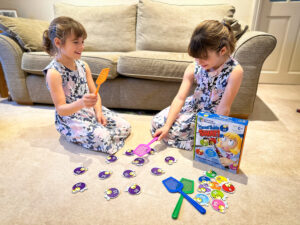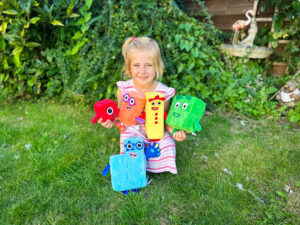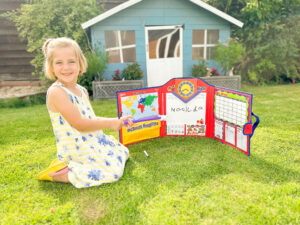Table of Contents
Balancing Technology and Traditional Toys in Your Child’s Playtime
In today’s fast-paced digital world, the abundance of gadgets and electronic devices makes it challenging for parents to maintain a balanced environment for their children’s playtime. While technology offers educational apps and interactive learning experiences, traditional toys have their own timeless appeal. Striking a balance between the two can provide a comprehensive play experience that nurtures a child’s development holistically.

The Allure of Traditional Toys
Traditional toys like blocks, dolls, and board games have stood the test of time due to their simplicity and ability to stimulate imaginative play. They do not require screens or batteries, only the creativity and interaction of the children using them. Take, for example, LEGO sea animal toys; these colorful sets not only help in developing fine motor skills but also encourage children to explore marine life through imaginative play. Traditional toys like these offer open-ended play opportunities that are crucial for cognitive and social development. They encourage kids to solve problems, make decisions, and engage in storytelling.
The tactile nature of traditional toys is important for sensory development, allowing children to feel and manipulate objects as they learn. Moreover, these toys often encourage group play, which is essential for developing social skills, cooperation, and communication. They invite children to engage with others, fostering bonds that can last a lifetime.
Embracing Technology in Play
Despite concerns about screen time, technology is not the villain it is sometimes made out to be. When used thoughtfully, technology can be an invaluable tool in a child’s education and play, such as playing chess online. Interactive apps and games can teach critical thinking, problem-solving, and even programming skills. Technology can bring subjects to life in a way that traditional toys may not.
For instance, educational apps make learning math or a new language feel like a game, turning potentially mundane subjects into interactive experiences. Virtual reality and augmented reality can open up new worlds for exploration, allowing children to experience events and concepts that would otherwise be inaccessible.
It is essential, however, to guide children in using technology appropriately. Parents should ensure that the content is age-appropriate, educational, and not overly stimulating. Setting limits on screen time and encouraging regular breaks are crucial strategies in leveraging technology’s benefits without letting it monopolize a child’s playtime.
Finding the Balance
The key to balancing technology and traditional toys lies in moderation and mindful integration of both. Parents can set routines that include designated times for tech-based play and times for traditional, unstructured play. This approach ensures that children benefit from the advantages of both worlds.
Parents can also facilitate blended play experiences. For instance, after watching a nature documentary on sea animals with their children, they can encourage them to recreate what they saw using LEGO sea animal toys. This not only reinforces the learning but also makes it more tangible and memorable.
Moreover, parents should be role models in this balance, demonstrating an active lifestyle that incorporates a mix of technology and hands-on activities. Spending time playing with children, whether it’s building blocks or exploring an app together, reinforces the importance of diverse play in a world increasingly dominated by screens.
Observing Your Child’s Interests
Another crucial consideration in balancing playtime is understanding and observing your child’s preferences and natural inclinations. Some children may gravitate more towards digital play, while others may prefer traditional toys. By paying attention to these preferences, parents can tailor the play experience to cater to their child’s interests while guiding them toward a more balanced playtime agenda.
Encouraging children to explore activities outside of their comfort zones can also be beneficial. If a child is more tech-inclined, introducing them to traditional toys might spark new interests and vice versa. Variety is not only the spice of life but also an essential component of a well-rounded development trajectory.
Conclusion
Balancing technology and traditional toys in your child’s playtime is not about pitting one against the other but about finding harmony between the two. Both have unique benefits that, when applied thoughtfully, contribute significantly to a child’s educational, cognitive, and social development.
By nurturing a balanced play environment, parents provide their children with the tools they need to grow into well-rounded individuals in the digital age. It is all about understanding that both elements can coexist and complement each other brilliantly in a child’s journey of growth and learning.








